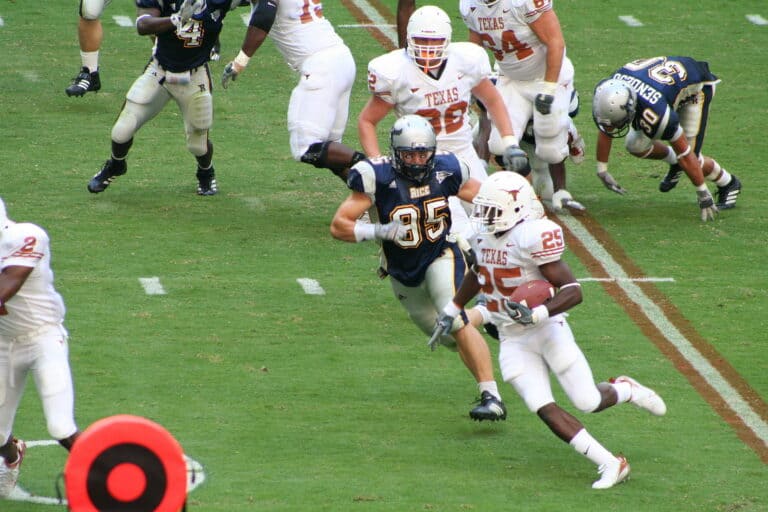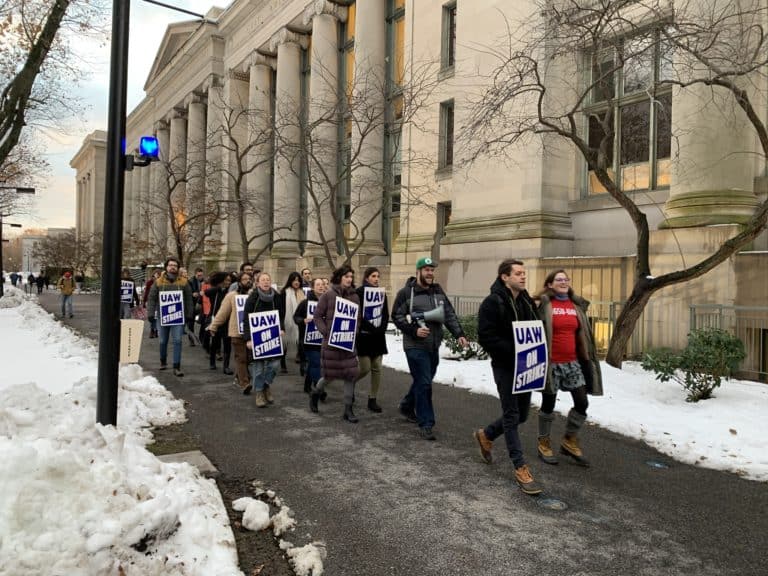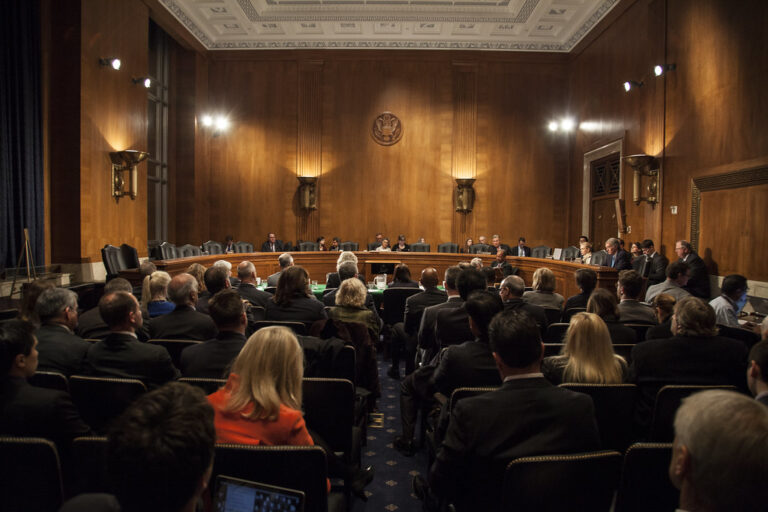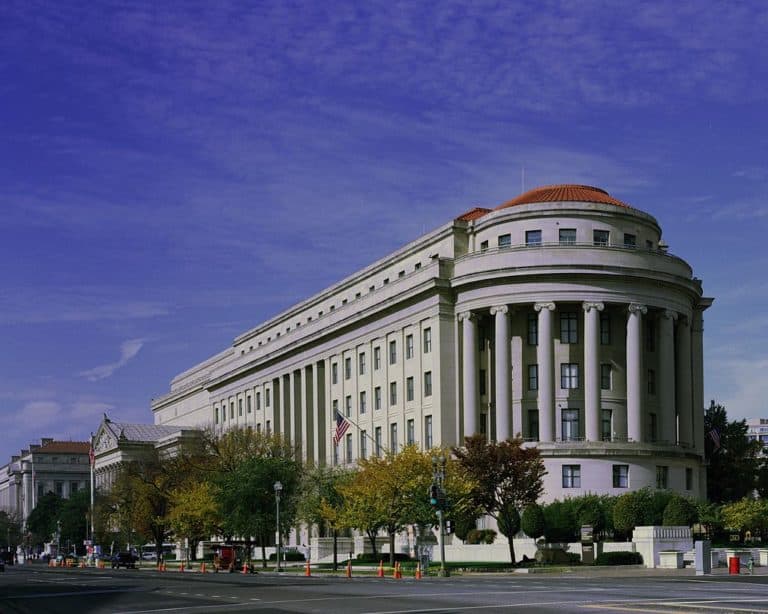
Benjamin Sachs is the Kestnbaum Professor of Labor and Industry at Harvard Law School and a leading expert in the field of labor law and labor relations. He is also faculty director of the Center for Labor and a Just Economy. Professor Sachs teaches courses in labor law, employment law, and law and social change, and his writing focuses on union organizing and unions in American politics. Prior to joining the Harvard faculty in 2008, Professor Sachs was the Joseph Goldstein Fellow at Yale Law School. From 2002-2006, he served as Assistant General Counsel of the Service Employees International Union (SEIU) in Washington, D.C. Professor Sachs graduated from Yale Law School in 1998, and served as a judicial law clerk to the Honorable Stephen Reinhardt of the United States Court of Appeals for the Ninth Circuit. His writing has appeared in the Harvard Law Review, the Yale Law Journal, the Columbia Law Review, the New York Times and elsewhere. Professor Sachs received the Yale Law School teaching award in 2007 and in 2013 received the Sacks-Freund Award for Teaching Excellence at Harvard Law School. He can be reached at [email protected].
Football players at Northwestern University want a union, and they have now filed a petition with the NLRB requesting a union election. The petition is the latest round in a long-running struggle between college athletes – who are paid essentially only with tuition – and the colleges they play for – which earn many, many millions of dollars in revenues from their athletic programs.
To get a bit of perspective on the background here, consider the following: a few years ago, the NCAA got $10.8 billion (yes billion) dollars for fourteen years’ of broadcast rights to the “March Madness” college basketball tournament. Nick Saban, the highest paid NCAA football coach, made $5,545,852 in 2013, and the 50th highest paid college football coach earned more than $2 million that year. For their contribution to all this revenue, players get tuition plus (sometimes) a stipend of about $2000. In 2009, the NCAA estimated that a full scholarship was worth $15,000 at a state school and a bit more than $35,000 at a private institution. Given the number of hours players put in at major athletic programs, this might not even come out to minimum wage.
From a legal perspective, the issue presented by the players’ unionization efforts is a pretty straightforward one. The question is whether, under either the NLRA or state labor law, the players are “employees.” If they’re employees, then they will be entitled to unionize and bargain collectively over the terms and conditions of their employment.
So, are college athletes employees?
To answer that, we have to first know whether we are talking about players at a private institution (like Northwestern) or at a public university (like Saban’s Alabama and many of the other biggest athletic programs in the country). For the Northwestern players, the question turns on federal labor law as interpreted by the National Labor Relations Board. Although the Board has flip-flopped on the question of student employees in recent years, the answer to the college-athlete question would seem to be surprisingly clear. That’s because even under the most hostile Board case on the subject of student-employees (the Brown University decision), I think the football players still win.
Brown holds that the relevant inquiry – for determining employee status – is whether the individuals in question are “primarily students and have a primarily educational . . . relationship with their university.” If you’re “primarily” a student, and your relationship to the university is “primarily educational,” then you’re not an employee and you’re not entitled to unionize. On the other hand, if your relationship with the university is primarily “economic,” then you’re covered by the law.
The Board will have to hear evidence on this question, but a passing familiarity with big-time college athletics suggests that players on these teams are not “primarily students,” and that their relationship to their universities is not “primarily educational.” It might be partly educational, but its not primarily so. If that’s the case, then the Board will hold – even under Brown – that the players are employees.
Given this state of the law, the NCAA has a choice. It can exploit the numerous procedural mechanisms it will have at its disposal to delay the date when the players can form a union. The alternative – the more productive one in my view – is to start the process of dialogue with the players and their representatives, thereby giving the players a seat at the table that they help set. Whether this dialogue takes the form of traditional collective bargaining or something more experimental should be the first topic for discussion.






Daily News & Commentary
Start your day with our roundup of the latest labor developments. See all
November 24
Labor leaders criticize tariffs; White House cancels jobs report; and student organizers launch chaperone program for noncitizens.
November 23
Workers at the Southeastern Pennsylvania Transportation Authority vote to authorize a strike; Washington State legislators consider a bill empowering public employees to bargain over workplace AI implementation; and University of California workers engage in a two-day strike.
November 21
The “Big Three” record labels make a deal with an AI music streaming startup; 30 stores join the now week-old Starbucks Workers United strike; and the Mine Safety and Health Administration draws scrutiny over a recent worker death.
November 20
Law professors file brief in Slaughter; New York appeals court hears arguments about blog post firing; Senate committee delays consideration of NLRB nominee.
November 19
A federal judge blocks the Trump administration’s efforts to cancel the collective bargaining rights of workers at the U.S. Agency for Global Media; Representative Jared Golden secures 218 signatures for a bill that would repeal a Trump administration executive order stripping federal workers of their collective bargaining rights; and Dallas residents sue the City of Dallas in hopes of declaring hundreds of ordinances that ban bias against LGBTQ+ individuals void.
November 18
A federal judge pressed DOJ lawyers to define “illegal” DEI programs; Peco Foods prevails in ERISA challenge over 401(k) forfeitures; D.C. court restores collective bargaining rights for Voice of America workers; Rep. Jared Golden secures House vote on restoring federal workers' union rights.